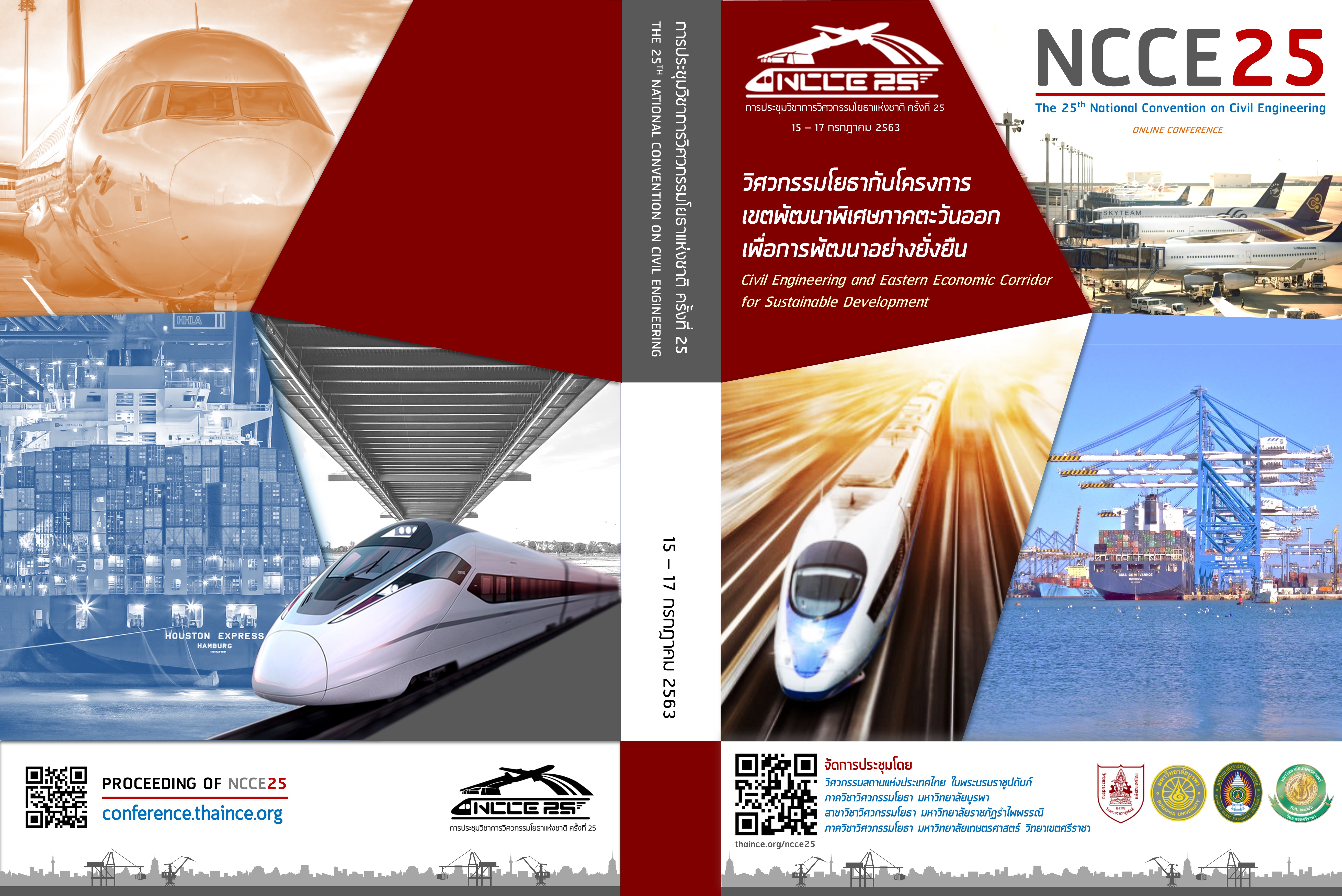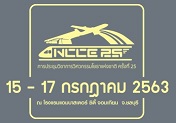Evaluation of Consolidation Degree for Soft Bangkok Clay by the Asaoka Method
Keywords:
Consolidation degree, Soft Bangkok clay, the Asaoka method, Prefabricated vertical drains, Ultimate settlementAbstract
Ground improvement of soft clay by prefabricated vertical drains with preloading is one of the most widely-used methods in the world especially in Thailand, there are the mega projects using this technique such as the Bangkok-Chonburi motorway project, the outer Bangkok ring road project and the ground improvement for airside pavements project at Suvarnabhumi international airport. Evaluation of consolidation degree is very important as one of the indicators for making decision prior to the removal of preloading. This analysis can be estimated by field observational methods from settlement data of surface settlement plates. The field settlement data can be analyzed by the Asaoka method to predict the ultimate settlement of soft Bangkok clay under preloading. Back-Analysis of the settlement data will yield horizontal coefficient of consolidation. The objective of this paper is to study on the various factors that affect prediction by the Asaoka evaluation method. The results show that in the Asaoka method, the value of ultimate settlement increases, consolidation degree and horizontal coefficient of consolidation decrease as a longer period of evaluation is used. Interval of time for readings is not affected on prediction of ultimate settlement, consolidation degree and horizontal coefficient of consolidation. Furthermore, settlement curve with time can be plotted easily by back calculation equation that agrees well with field data.
Downloads
Downloads
Published
How to Cite
Issue
Section
Categories
License
บทความทั้งหมดที่ได้รับการคัดเลือกให้นำเสนอผลงานในการประชุมวิชาการวิศวกรรมโยธาแห่งชาติ ครั้งที่ 25 นี้ เป็นลิขสิทธิ์ของ วิศวกรรมสถานแห่งประเทศไทย ในพระบรมราชูปถัมภ์



